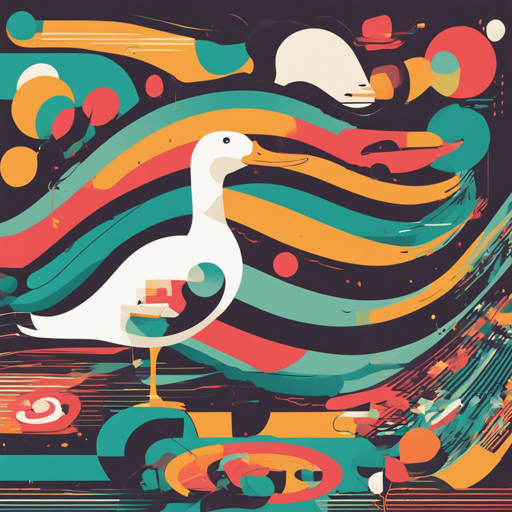Welcome to the world of music generation using AI! Today, we will explore how to utilize the Duck and Cover Genre Autoencoder, a powerful model designed to create album covers based on specific conditions such as release year, artist, album name, and genre(s). This model takes advantage of generative adversarial networks (GANs) to produce stunning visuals.
What is the Duck and Cover Genre Autoencoder?
The Duck and Cover repository is a fascinating project aimed at generating album covers that align with distinct genres of music. By leveraging a dataset of over 466,000 albums and their associated genres, this model effectively associates genres, allowing it to produce relevant covers. The model utilizes a fine-tuned BERT tokenizer, simplifying the connection between different musical styles, as many genres share common elements.
Setting Up the Environment
Before you embark on your creative journey, you’ll need to set up your environment. Follow these simple steps:
- Ensure you have Python installed on your machine.
- Install the necessary packages by running:
pip install transformersgit clone https://github.com/mcschmitz/duck_and_coverUsing the Model
Let’s walk through how to use the genre autoencoder to embed genres into a 256-dimensional space. Think of this process like capturing the essence of a music track into a numerical representation that can be manipulated and visualized.
Step-by-Step Guide
- First, import the necessary libraries:
from transformers import AutoModel, AutoTokenizermodel = AutoModel.from_pretrained("mnne/duck-and-cover-genre-encoder")tokenizer = AutoTokenizer.from_pretrained("mnne/duck-and-cover-genre-encoder")genres = ", ".join(["classic soul", "memphis soul", "soul", "soul blues", "southern soul"])x = tokenizer([genres], return_tensors="pt")output = model(**x)Understanding the Code Analyzed as an Analogy
Imagine you are a skilled chef, and each genre is an ingredient. Just as you would combine various ingredients to create a delicious dish, we combine genres to produce unique sounds. The BERT tokenizer acts as your food processor, breaking down the ingredients (genres) into manageable pieces that can be mixed and transformed into delightful outcomes (album covers) using the model (oven) that cooks them into masterpieces!
Troubleshooting
If you encounter any issues while using the Duck and Cover genre autoencoder, here are a few troubleshooting tips:
- Model Loading Errors: Ensure that you have an active internet connection as the model will fetch necessary files remotely.
- Installation Issues: Double-check that the ‘transformers’ library is correctly installed in your Python environment.
- Input Errors: Make sure that the genres you provide are valid and formatted correctly, as the model relies heavily on the structure of the input data.
For more insights, updates, or to collaborate on AI development projects, stay connected with fxis.ai.
Conclusion
By following these steps, you can unleash the creative potential of the Duck and Cover Genre Autoencoder. Whether you’re a musician, a designer, or just a passionate AI enthusiast, this model opens up a world of possibilities in album cover design.
At fxis.ai, we believe that such advancements are crucial for the future of AI, as they enable more comprehensive and effective solutions. Our team is continually exploring new methodologies to push the envelope in artificial intelligence, ensuring that our clients benefit from the latest technological innovations.

